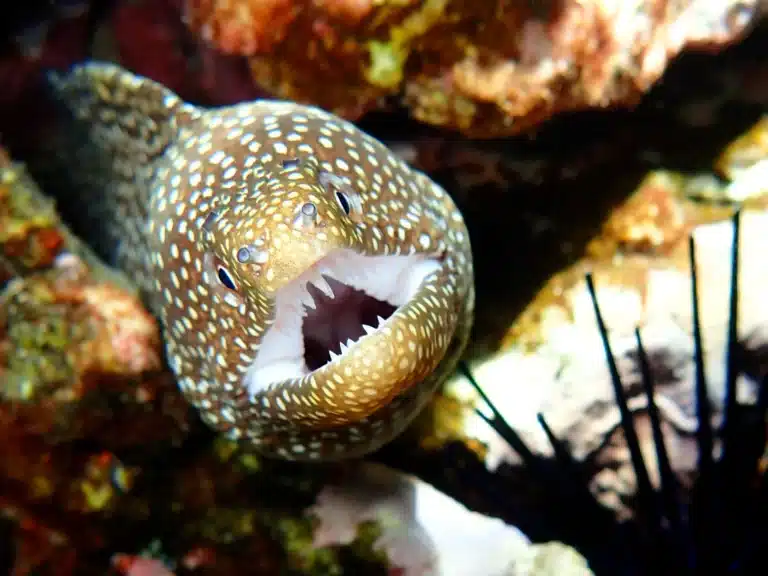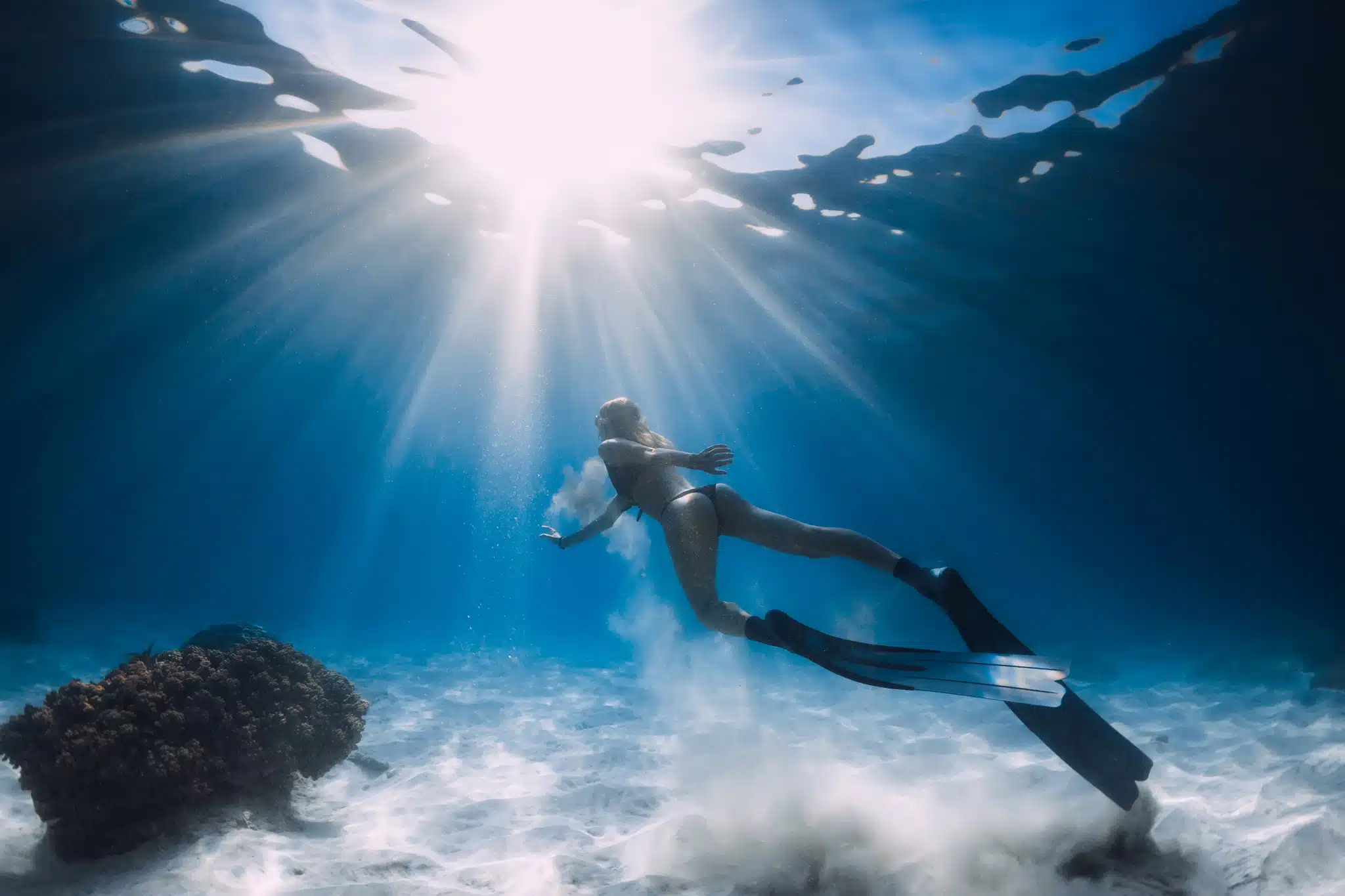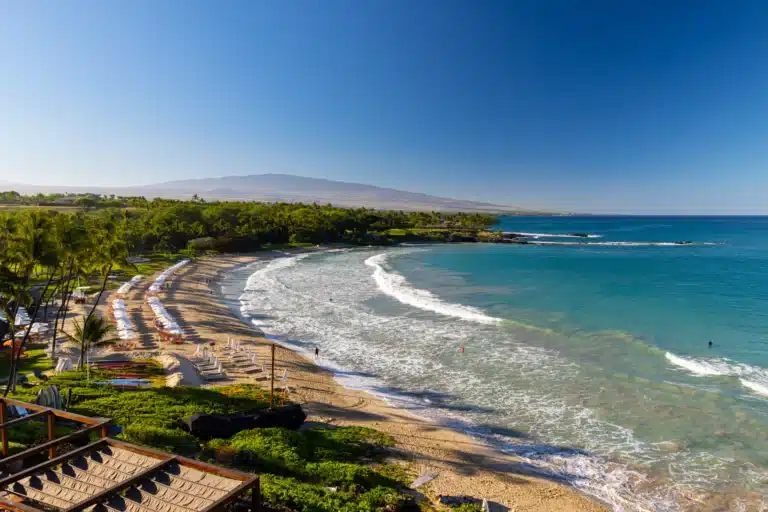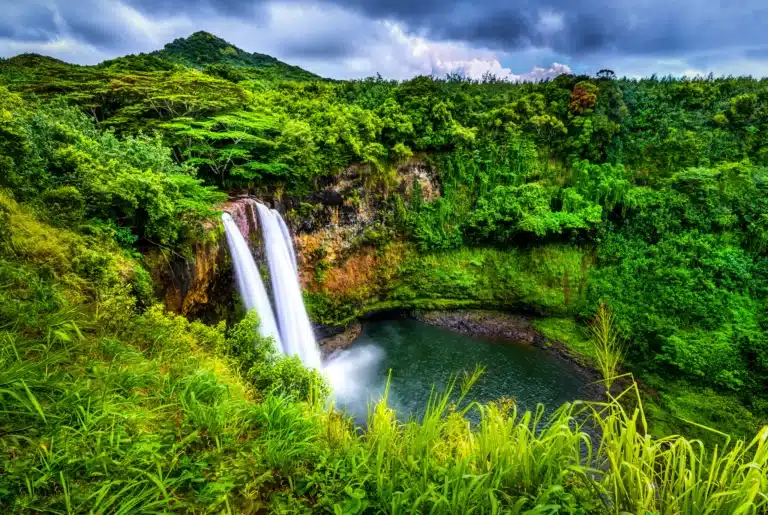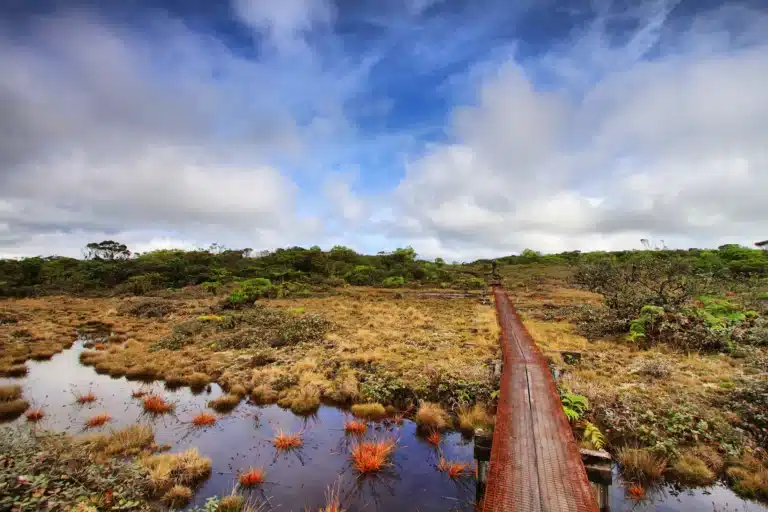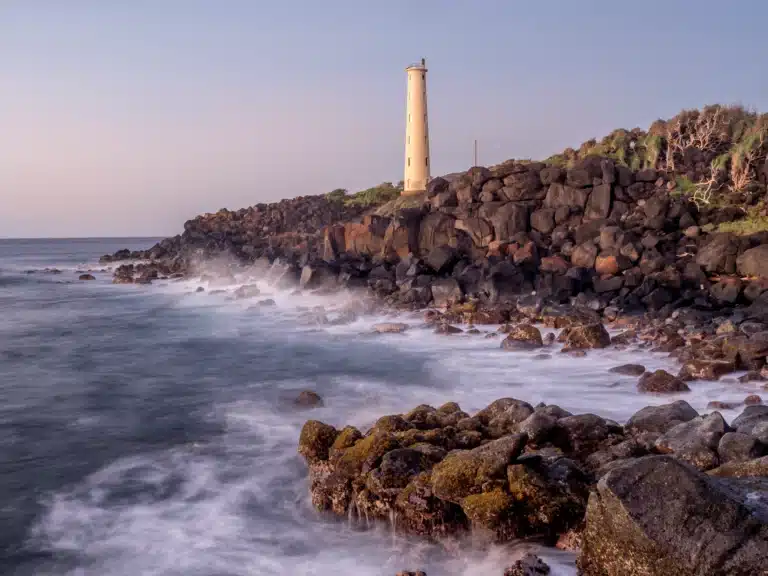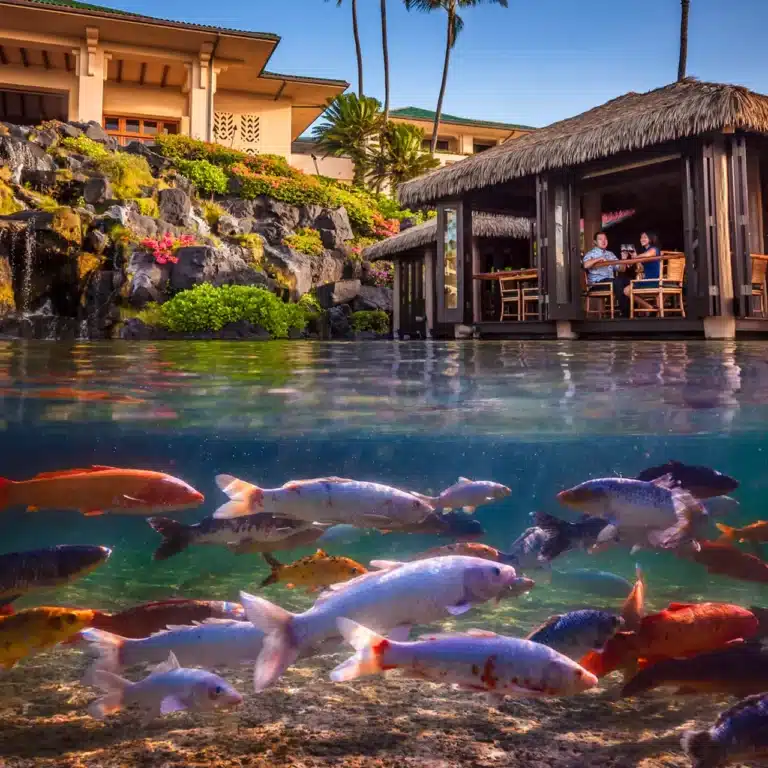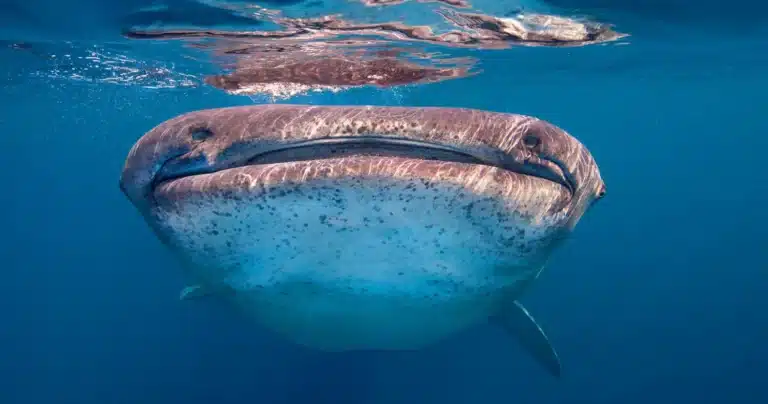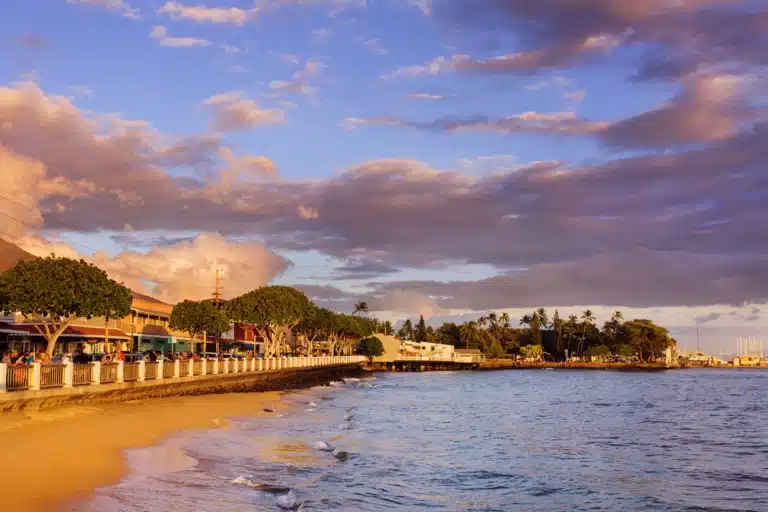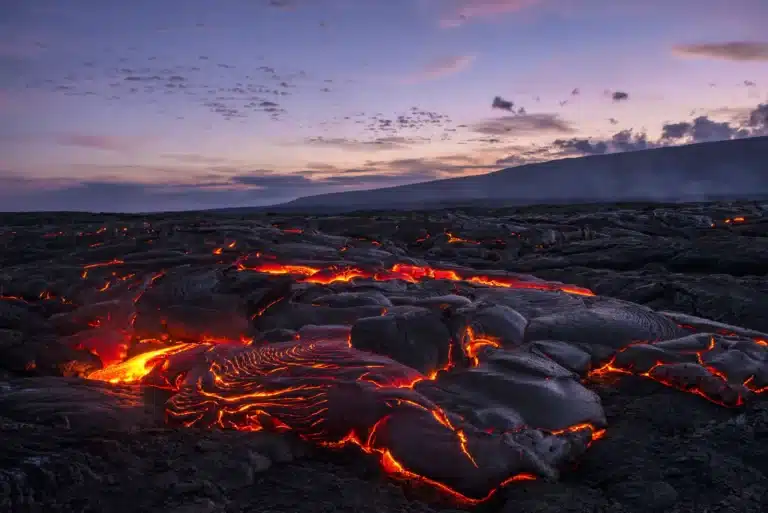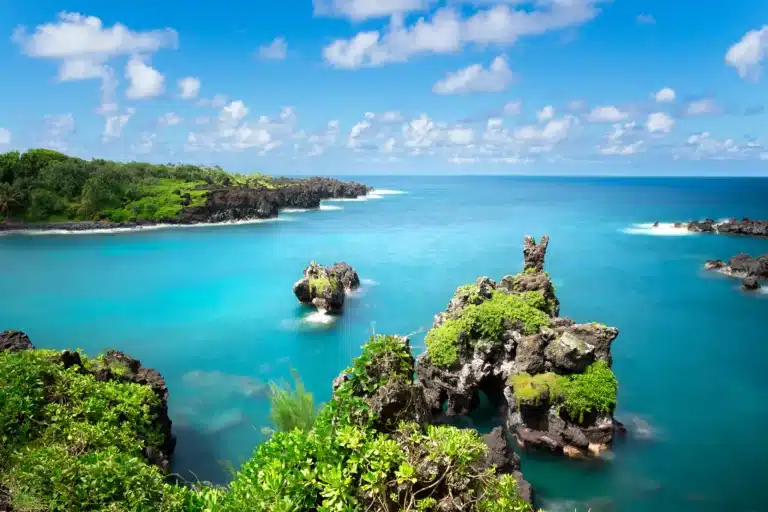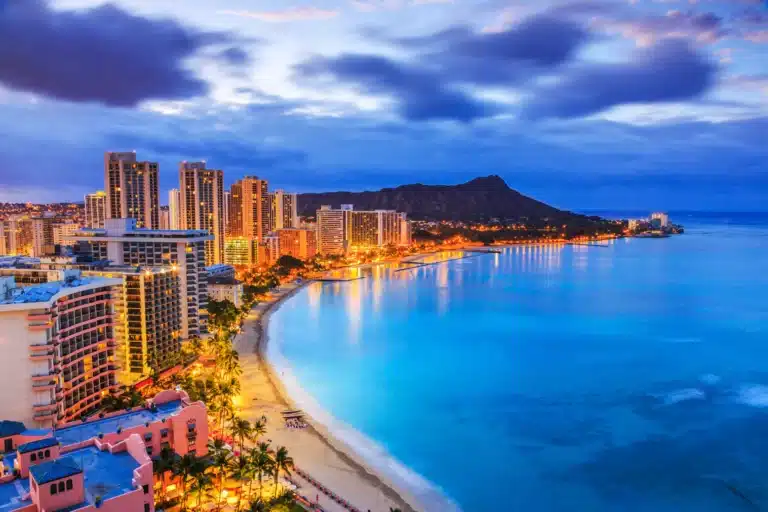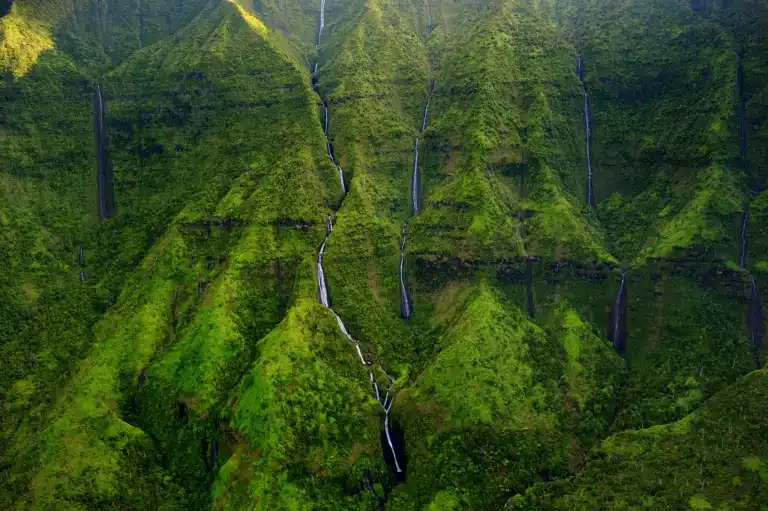Ocean Safety in Hawaii: Understanding Rip Currents, Coral Reefs, and More
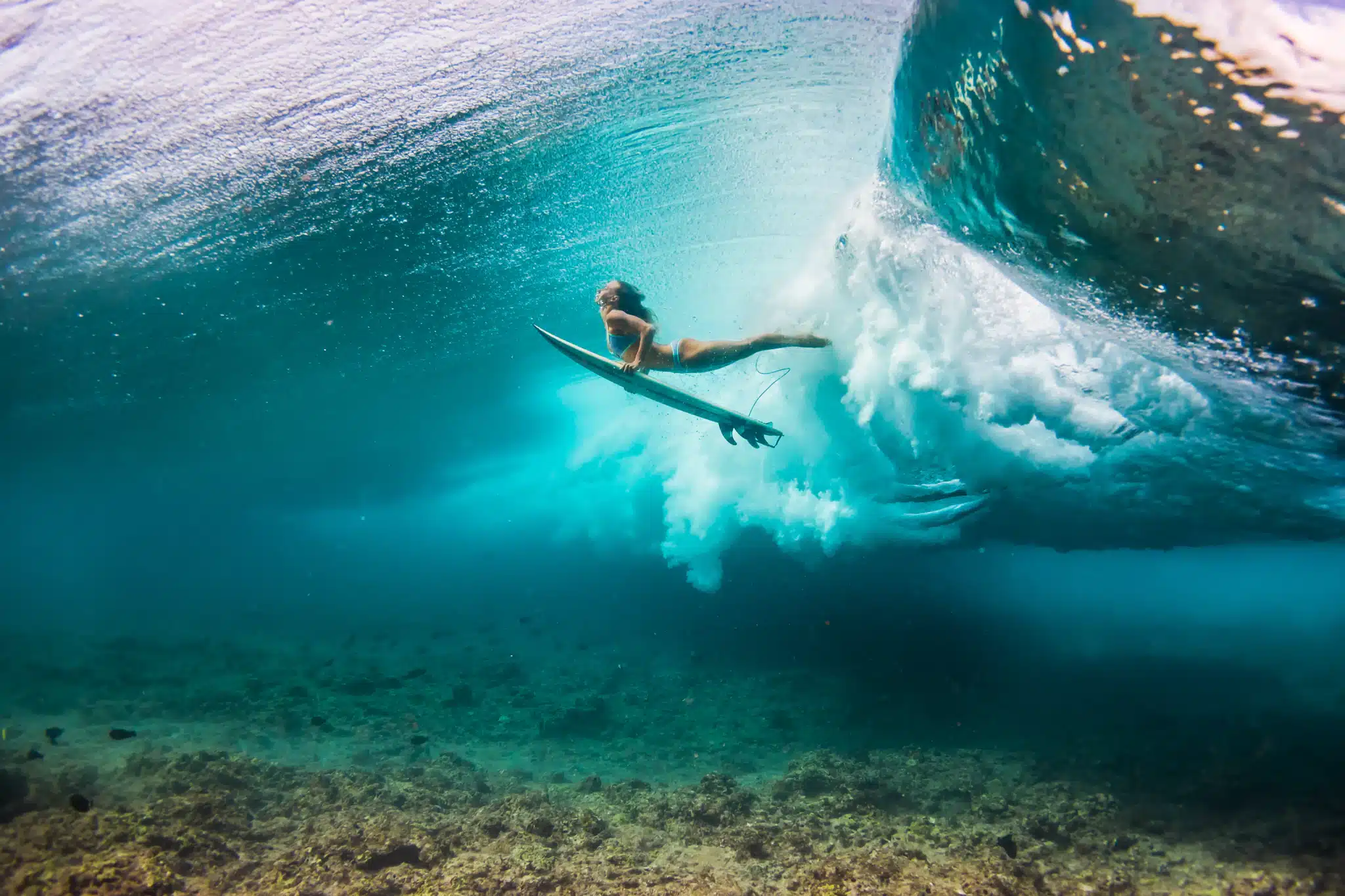
Visiting the Hawaiian Islands requires prioritizing ocean safety. Hawaii’s beautiful yet powerful waters present potential hazards that must be understood for a safe and enjoyable experience. This guide offers essential information on ocean safety, covering rip currents, coral reefs, and other potential hazards, so you can fully appreciate Hawaii’s stunning beaches and marine environments.
Rip Currents: What They Are and How to Stay Safe
Rip currents are powerful, narrow channels of fast-moving water that can pull swimmers away from the shore. They form when waves break near the shoreline, causing water to be pushed up the beach. As the water recedes, it can create a strong outward flow. Rip currents can be dangerous for swimmers, especially those who panic or try to swim against the current. To stay safe, learn to identify rip currents by looking for areas where waves aren’t breaking, or where there’s a noticeable channel of churning, choppy water. If you’re caught in a rip current, remain calm and swim parallel to the shore until you’re out of the current, then swim back to the beach at an angle.
Coral Reefs: Fragile Ecosystems and Safe Snorkeling Practices
Hawaii’s coral reefs are vital to the marine ecosystem, providing habitat and food for countless species. However, these delicate structures are easily damaged by careless snorkelers. To snorkel responsibly, maintain a safe distance from the coral, avoid touching or standing on it, and use reef-safe sunscreen to minimize chemical damage. Additionally, be mindful of your fins to avoid accidentally kicking the coral or stirring up sediment that can smother it.
Marine Life: Encounters and Precautions
In Hawaii’s waters, you may encounter a variety of marine animals, such as sea turtles, dolphins, and sharks. To safely observe and interact with these creatures, maintain a respectful distance, avoid feeding or touching them, and follow guidelines provided by local authorities. Remember that these animals are wild and should be treated with caution and respect.
Beach Safety: Understanding Warning Signs and Flags
Pay attention to beach warning flags and signs that indicate hazardous conditions. A red flag typically signifies strong currents or high surf, while a yellow flag indicates moderate hazards. A green flag means conditions are generally safe, but always exercise caution. Follow lifeguard instructions and heed any posted signs to ensure a safe beach experience.
Sun Protection: Preventing Sunburns and Heat-Related Illnesses
Protect yourself from the sun’s harmful rays by applying reef-safe sunscreen with an SPF of at least 30, reapplying every two hours or after swimming. Stay hydrated by drinking plenty of water, and seek shade during peak sun hours (usually between 10 a.m. and 4 p.m.). Wearing a wide-brimmed hat and UV-protective clothing can also help prevent sunburns, heat exhaustion, and heatstroke.
Water Activities: Choosing the Right Equipment and Guides
When participating in water activities like surfing, stand-up paddleboarding, or scuba diving, select appropriate equipment and guides to ensure a safe experience. Choose reputable operators with proper certifications and safety measures in place, and always follow their instructions and guidelines.
Emergency Preparedness: Knowing What to Do in Case of an Accident
Being prepared for emergencies is essential for ocean safety in Hawaii. Familiarize yourself with the location of the nearest lifeguard station, have a basic understanding of first aid, and carry a cell phone for emergency calls. In case of an accident, remain calm and follow established protocols to minimize harm and facilitate a swift response.
Conclusion
Ensuring ocean safety in Hawaii is crucial for both visitors and the delicate marine ecosystems that call these islands home. By staying informed and responsible, you can enjoy the awe-inspiring beauty of Hawaii’s beaches and marine environments while ensuring a safe and memorable experience for all.
Join Hawaiians.
Get discounts, trips ideas, exciting news, and much more. Delivered right to your inbox, for free.
Discover More Essential Information
Explore ‘Essentials’ for enriched Hawaii travels. Dive into local culture, history, and nature for a truly immersive experience.
Living Off-Grid in Hawaii: Sustainable Living in Paradise
An Overview of Buddhism in Hawaii
Polynesian Migration: The Discovery and Settlement of Hawaii
The Origin and Evolution of Hawaiian Luaus
Hawaiian Biodiversity: A Microcosm of Evolution
Explore More of Hawaii
Beyond the Horizon, More Paradise Awaits – Dive deeper into the multifaceted charm of Hawaii, and continue your journey of exploration.
Explore the Islands of Hawaii
Discover your perfect escape – from Oahu’s lively cities, Maui’s picturesque shores, Kauai’s verdant landscapes, to Big Island’s volcanoes.
Join Hawaiians.
Get discounts, trips ideas, exciting news, and much more. Delivered right to your inbox, for free.




